American Craft Forum: April 2020 Series
American Craft Forum: April 2020 Series

Innovation in the Face of Adversity
April 2020
We may be in the house, but it’s time we think outside the box. This FREE three-part online series provided an inspiring, refreshing, pragmatic, and safe conversation space to explore innovations in our craft communities in the face of adversities and challenges during the COVID-19 outbreak. We heard about ways artists, writers, and organizations are creating unique solutions in a time of crisis.
Part 1: Vulnerabilities, Disruptions, and Opportunities in the Marketplace
April 3, 2020
This online conversation on Friday, April 3, 2020 addressed the disruptions the COVID-19 outbreak has had on artists and their varied craft communities, focusing on marketplace vulnerabilities and artist solutions.
The goal of the online forum format was to bring diverse makers and craft communities together to create a sense of connectedness during isolation, provide meaningful and optimistic messages for hope, begin to collectively identify the impacts the craft sector is feeling, and share strategies for responding to marketplace disruptions.
Facilitated by Gwynne Rukenbrod Smith (forum moderator) and Laura Baker (online moderator), the conversation featured four craft-based practitioners, with close to 700 participants listening in on the conversation and responding via a chat room.
Participant demographics (self-identified)
- 85% artists or makers
- 26% educators and 5 percent students
- 15% entrepreneurs
- Less than 10% as nonprofit administrators, writers, gallery owners, or curators
Participant response
- 86% of attendees found the program informative and inspiring
- 75% said the program introduced them to new ways of thinking or approaching their work
This report is meant to summarize the questions raised and the issues to be resolved for the craft field. ACC aspires to develop online discussion channels for the field to address these topics and share solutions. These questions will guide us in providing timely, relevant, and ongoing resources on ACC’s COVID-19 Resources page to help the field recover and rediscover itself.
Shared handles, hashtags, URLs, and more
To help us take the fresh ideas from our conversation to new channels, we’ve pulled together all the hashtags, handles, URLs, and more that you shared during the event.
We asked: What have we learned from past experiences?

Guest: Jackson Schwartz, co-founder of Hennepin Made, told the story of setting up his business post-recession, his reconceptualization of commerce, and the importance of crafting your story in order to connect with an audience. a glass lighting fixture company launched in response to the last economic recession @hennepinmade (Photo: Aaron Davidson)
You asked: Where can we find information to help us navigate the financial aid packages available to us? What does this mean for the way we operate now, and the future of events like art and craft shows? You questioned what the best advice was regarding attending studios or outside events. Particularly, you felt new opportunity to attend virtual events and connect, but were missing that person-to-person contact. This change was framed as an opportunity to build from the ground up.
We asked: What’s new about this scenario and what might innovation look like?
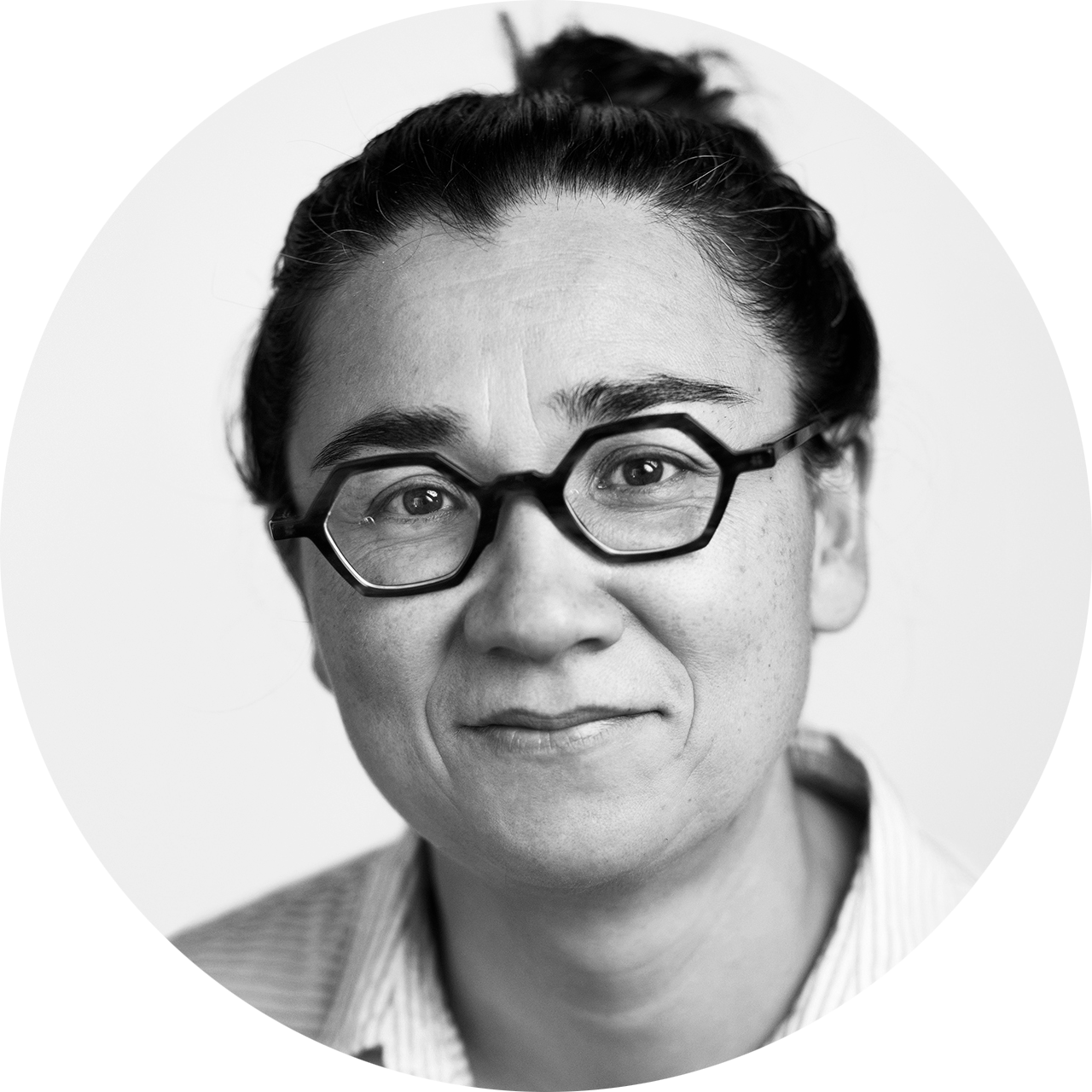
Guest: Ayumi Horie, founder of Pots In Action, shared her experience of the pandemic, its impact on her as a ceramicist and a parent, her development of online presence as a second studio practice, and ways our craft skills can be used for social good in times of crisis. @ayumihorie
You asked: How can we manage new expectations of the sector for creative forms of connection and practice? In particular, you were seeking advice on how to build out online classes, as well as ways to support those at home with children. You also questioned how providing labour for free now could affect the value of your work in the future as well as ways to make meaning from what is going on around us.
We asked: How do we coordinate new ways of working?
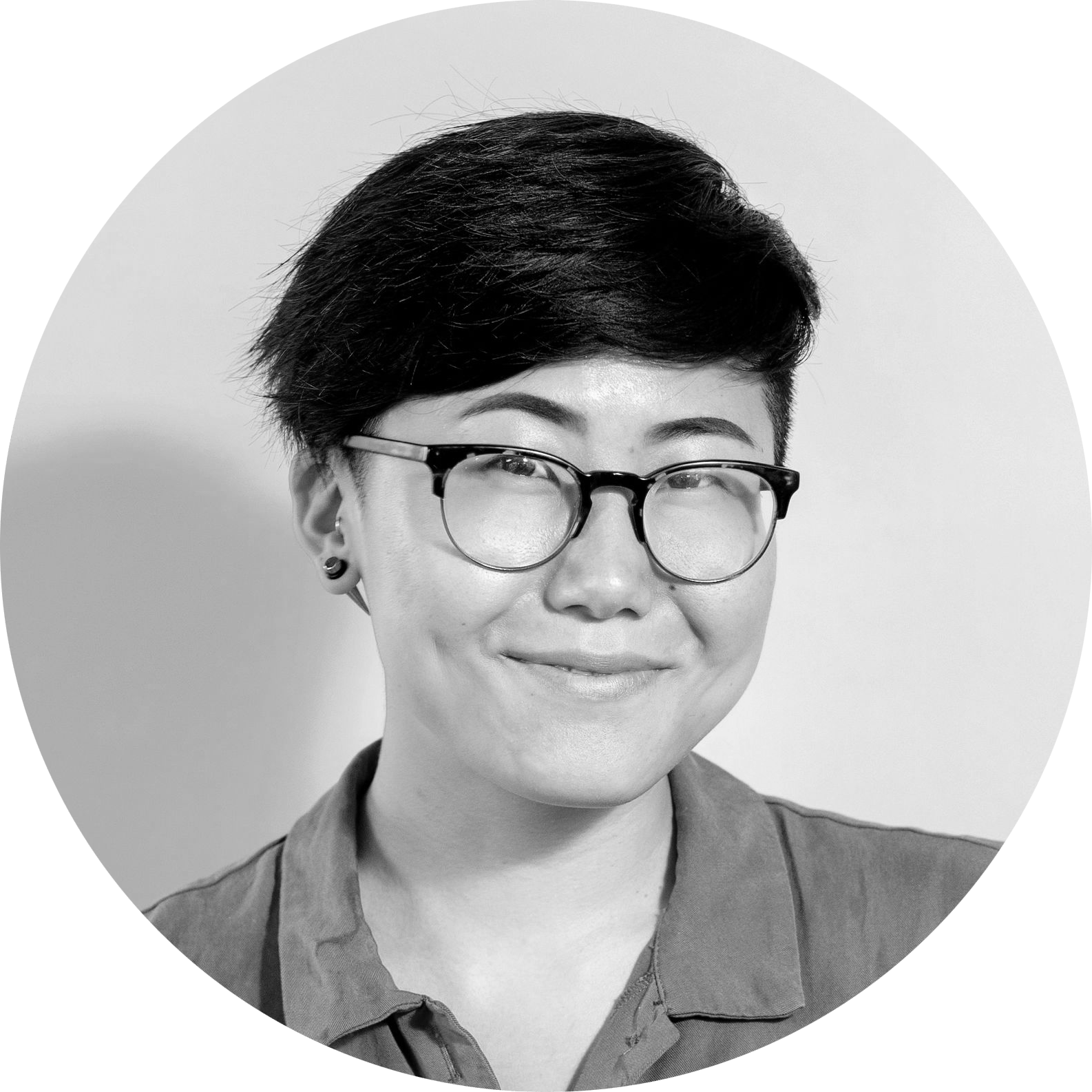
Guest: Tori Hong, cofounder of Asian American Youth Storytellers and She Spends community member, shared ideas on prioritizing mental and personal wellness and realigning our work loads to our current situation. @tori.hong
You asked: How can we broaden our networks and develop community, especially in a time of isolation? You felt that it was difficult to navigate the intense activity of recent weeks while also feeling the need to tackle it in order to remain connected and relevant. There was a clear tension between wanting to care – for ourselves and each other – and the need to create income.
How can we take care of one another, ourselves and our community?

Guest: Michael Strand, producer of Misfit Cup Liberation Project and social entrepreneur, discussed developing projects in response to emergency, the systemized nature of our community and processes, and how creative disruption can shift the tone of these difficult times. @strand_michael
You asked: How can we organize ourselves in order to better contribute? In particular, you had great ideas on how to incorporate messaging to frontline workers inspired by Michael Strand’s sandbag project. There was also discussion around the consideration of the needs and experiences of those with disabilities and chronic illness to ensure inclusion while also recognizing past experiences.
Other questions from our discussion
- What financial support is appropriate for me?
- What do restrictions mean for the way craft makers operate?
- In what ways can we find meaning amongst the change?
- How can we manage our multiple roles and navigate the intense noise?
- What can we do to help (creating masks, relief effort, supporting community)?
- How can we maintain connection with our communities and build our networks?
- How can we maintain value of our craft production and skills while also staying connected and useful in the crisis?
- How can we uphold self-care and mental wellness whilst also flexing to maintain income?
- What needs to change for the future?
Moderators

Gwynne Rukenbrod Smith, SNAG executive director @snagmetalsmith

Lauren Baker is a UK-based doctoral researcher exploring the role of support organizations in the development of craft career pathways. @doctorlozzo
Opening remarks
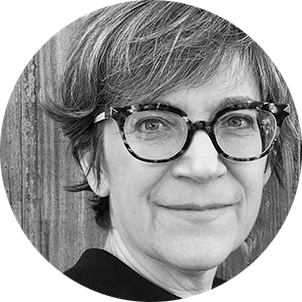
Sarah Schultz, American Craft Council executive director @craftcouncil
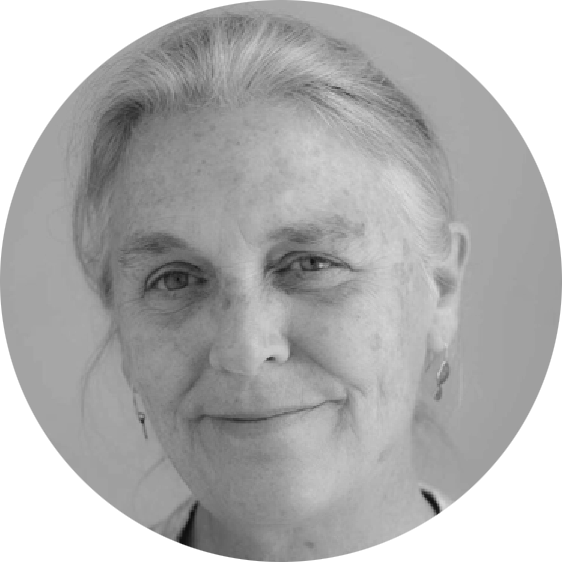
Cornelia Carey, CERF+ executive director @cerfplus
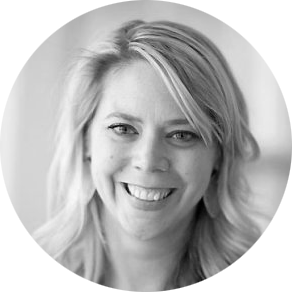
Laura Zabel, Springboard for the Arts executive director @springboardarts
Part 2: Understanding the Impact and Pursuing Relief
April 10, 2020
The nation's arts and culture industry is experiencing devastating economic losses with closed venues and canceled performances, exhibitions, and events as a result of the COVID-19 pandemic. With the passing of the $2 trillion emergency stimulus package that includes important provisions supporting the arts sector and creative workforce, there is still a lot to sort out for independent artists, entrepreneurs, and organization leaders.
Part two of these online forums continued on April 10, 2020 with a session devoted to helping you navigate what all this means for the craft sector, with practical advice for pursuing relief.
We were joined by nearly 450 participants online from more than 30 states and two other countries for this conversation.
Participant demographics (self-identified)
- 74% artists or makers
- 25% educators or students
- 16% entrepreneurs
- 15% nonprofit administrators
- 12% writers, gallery owners, or curators
Participant response
- 88% found the program informative and helpful
- 78% felt more connected to new resources and networks as a result of participating in this session
We asked: What are we finding, and why is this work important?
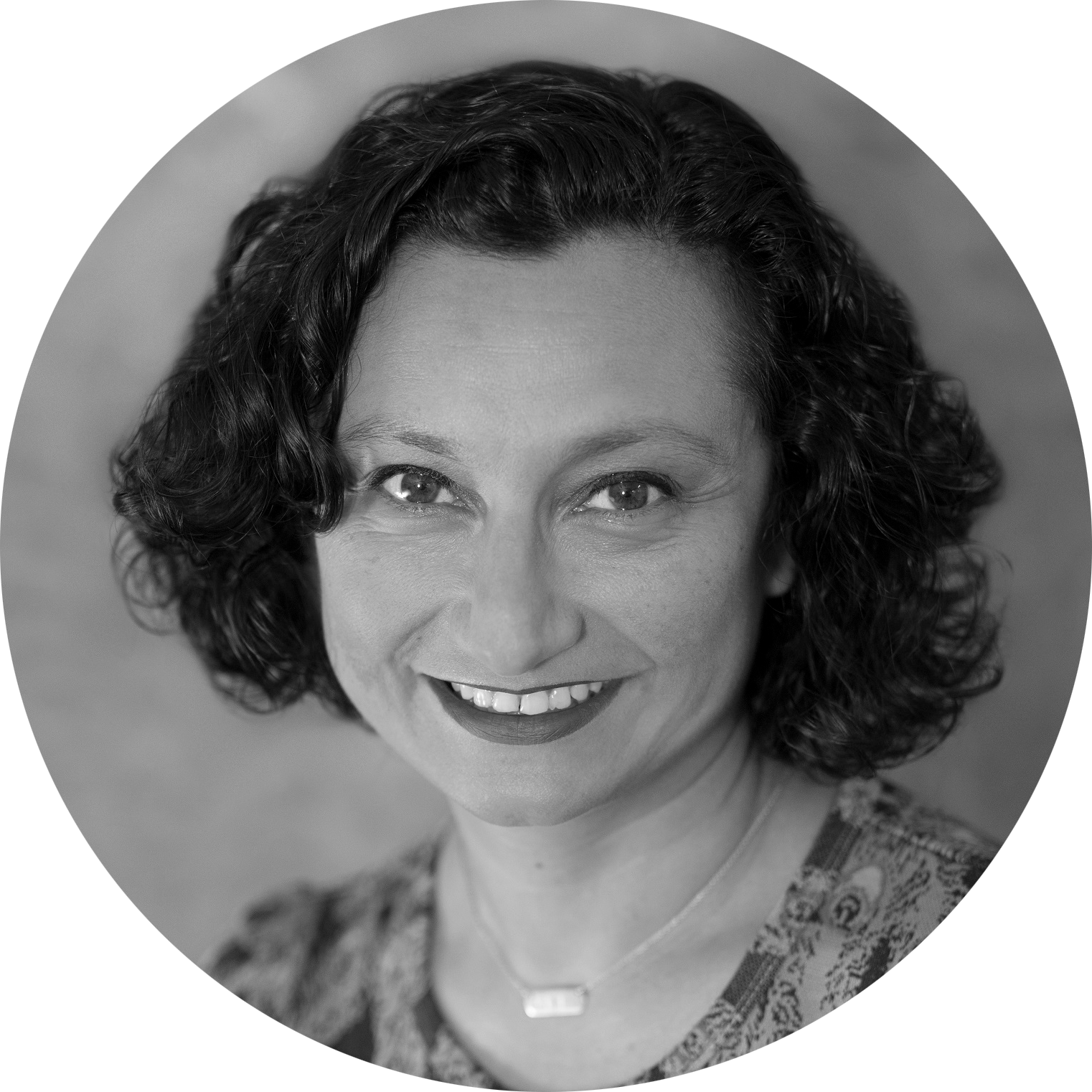
Guest: Ruby Lopez Harper, senior director of local arts advancement for Americans for the Arts, shared some of the findings from ongoing impact research, with craft respondents reporting a 98 percent loss of income, 68 percent were unable to access resources necessary to continue, and 87 percent stated it was impossible for them to plan with so many unknowns. In response to this, Ruby was able to share several resources accessible via the Americans for the Arts Resource Center, including relief funds, regional information, and webinars. Ruby highlighted the value of communicating with your regional support networks, staying connected, and recognising the value of creative outputs.
You asked: What are the rules on financial relief for different contexts, such as creatives practicing on visas? How those can make claims on speculative income? There was a drive to establish social infrastructure such as universal basic income, insurance, healthcare, and union support for artists and creatives, as well as the role of organizations in advocating for change in policy. You also wanted more information on the tools and mechanisms that can be used to accrue fees and donations for sharing your content online and on how to structure those fees in light of the sudden uptick in creatives sharing online content.
We asked: How has the craft field specifically been impacted and what sources of relief are out there – for artists, for businesses, for organizations?
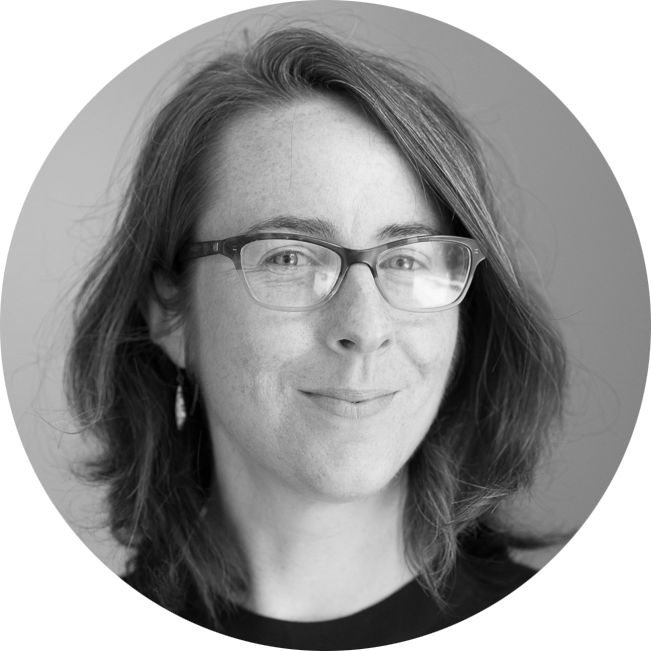
Guest: Carrie Cleveland, education and outreach coordinator at CERF+ The Artists Safety Net, shared findings from CERF+’s impact survey, with the biggest issues being show cancellations (79 percent), loss of direct sales (71 percent), and loss of gallery revenue (58 percent). Immediate needs were identified as financial relief, guidance in developing online presence, and time to assess the situation, with long-term needs identified as stability to aid proactive planning for the future. Carrie highlighted the huge number of funds available, listed on the CERF+ resource website. She also detailed the federal relief available via the CARES act, including Pandemic Unemployment Assistance, Economic Injury Disaster Loan (EIDL), and the Payroll Protection Program (PPP). Like Ruby, Carrie highlighted the value of contacting your local state arts council.
You asked: What support is available for small nonprofit organizations? Many also wanted to know how best to navigate the application process for unemployment assistance; in particular, you felt like there were a lot of mixed messages around application approval, with so much information held in different areas that is difficult to make sense of. Many of you reported that the federal relief was not sufficient, with no consistency across states. You felt many of the knock-on effects of lost opportunities - like canceled workshops leading to a downturn in tourism, food, and other support industries – are underacknowledged.
We asked: How can we take care of one another, ourselves and our community?
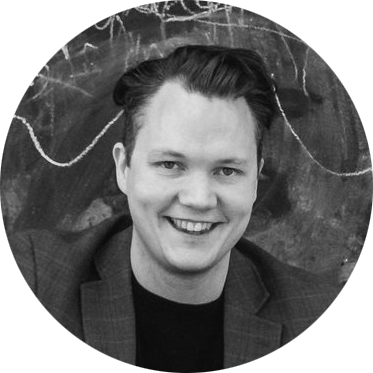
Guest: Carl Atiya Swanson, associate director of Springboard for the Arts, addressed the question of how we as individuals and organizations are taking care of our communities, offering insight into the activities of an organization. Issues highlighted were the difficulties of sorting through varied experiences and maintaining a sense of personal worth. Signposted were Springboard’s resources for mental and physical health and wellbeing, and the exceptional demand for Springboard’s Emergency Relief Fund. Carl shared ideas for how organizations can provide support and information to combat isolation and build connectivity using pre-existing organizational structures while working to integrate new ways of working. Carl emphasized the need for us to recognize that these new ways of working must inform a better future.
You asked: What have artists been doing to supplement their income, from adapting their creative practices to taking on entirely new roles as frontline/key workers? The discussion highlighted the recurrent issue of juggling so many different things – family life, applications for financial relief, adapting to new ways of working - which ultimately draws from creatives' time to create. Many felt it was hard to move beyond immediate day-to-day needs, making it difficult to make any plans for the future. You suggested more inclusion of makers in future exchanges in order to provide more natural dialogue and insights.
Other questions from our discussion
- Who is available to help us navigate the available financial relief and the application process?
- What role can organizations take in advocating for social infrastructure, such as universal basic income and healthcare?
- What are the union options for creative practitioners?
- Why are so many creatives sharing so much online content, and how can they do so without setting a precedent for free creative content?
- What are the best tools and approaches for requesting fees or donations for sharing online content?
- How can we make space to proactively plan for the short-, mid-, and long-term when there is so much uncertainty and change?
- What are the lessons we can carry forward to develop new, more sustainable ways of working for the future?
Other helpful links shared during the forum
Google Doc of resources from part 2
Moderators

Gwynne Rukenbrod Smith, SNAG executive director @snagmetalsmith

Lauren Baker is a UK-based doctoral researcher exploring the role of support organizations in the development of craft career pathways. @doctorlozzo
Opening remarks

Sarah Schultz, American Craft Council executive director @craftcouncil

Cornelia Carey, CERF+ executive director @cerfplus

Laura Zabel, Springboard for the Arts executive director @springboardarts
Part 3: Education Disruptions and Opportunities
April 17, 2020
Our series continued by turning to the impacts COVID-19 has had on the education field. From residencies to education centers to higher education, the way we learn, teach, and educate has been turned on its head. We closed our first round of the American Craft Forum by hearing from the education field – students, educators, and administrators – about new directions the field is turning to and what we’ve learned from this most recent disruption.
We were joined by more than 400 participants online from more than 32 states and two other countries for this conversation.
Participant demographics (self-identified)
- 74% artists or makers
- 32% nonprofit administrators
- 47% educators and 4% students
- 27% entrepreneurs
- 20% writers, gallery owners, or curators
Participant response
- 88% found the program informative and productive
- 83% felt more connected to new resources and networks as a result of participating in this session
We asked: What just happened, what vulnerabilities have we exposed, and what solutions (including baking cookies at home) do we need to figure out as educational stewards?
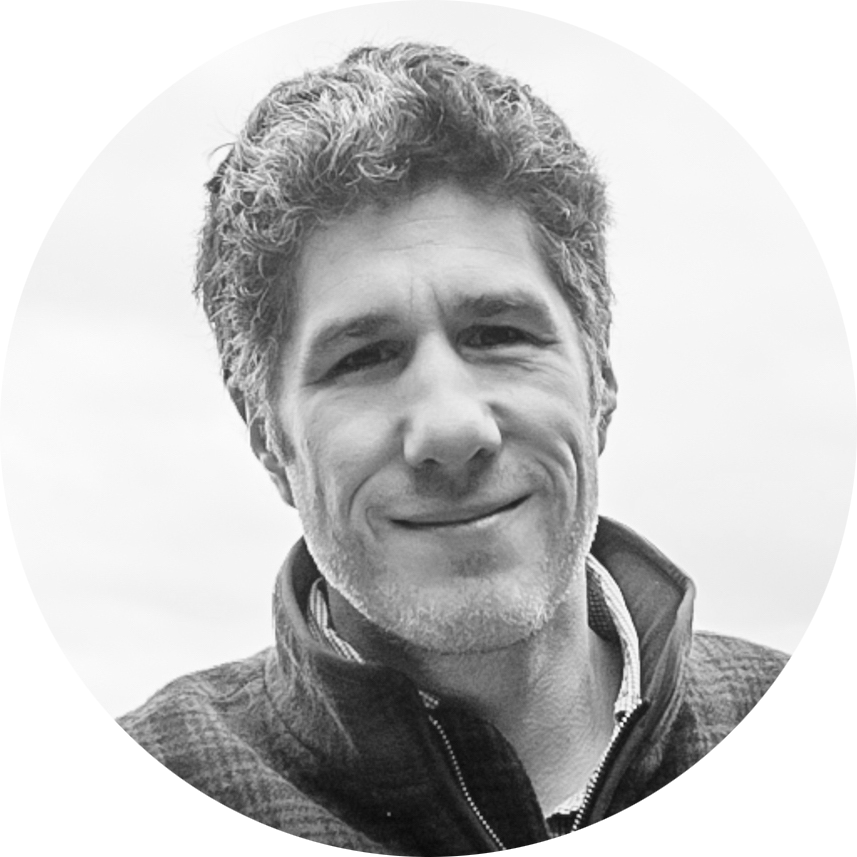
Guest: Paul Sacaridiz, executive director of Haystack Mountain School of Crafts, discussed the difficult decision to suspend the remainder of Haystack’s programming for 2020. Setting out a vision to understand how an organization leads from human values rather than just economic ones, Paul shared how the changes in Haystack’s activities were collaboratively produced with both staff and board members. He also shared his belief that the trend of switching to online learning was not the right decision for the school. Questions driving them forward include "What’s the best use of our time?", "How do we engage?", and "How do we run a school with no students?".
You asked: What is the role of organizations in guiding communities, especially when an organization is itself limited in what it can do? You valued the transparency and honesty Paul shared in Haystack’s acceptance of the current circumstances and wanted to know the mechanisms necessary for greater connectivity between students and practicing artists, makers, and educators. You were especially excited to share in the Haystack’s ongoing collection of cookie recipes!
We asked: How have our higher education systems been innovating, and how are they planning to move forward?
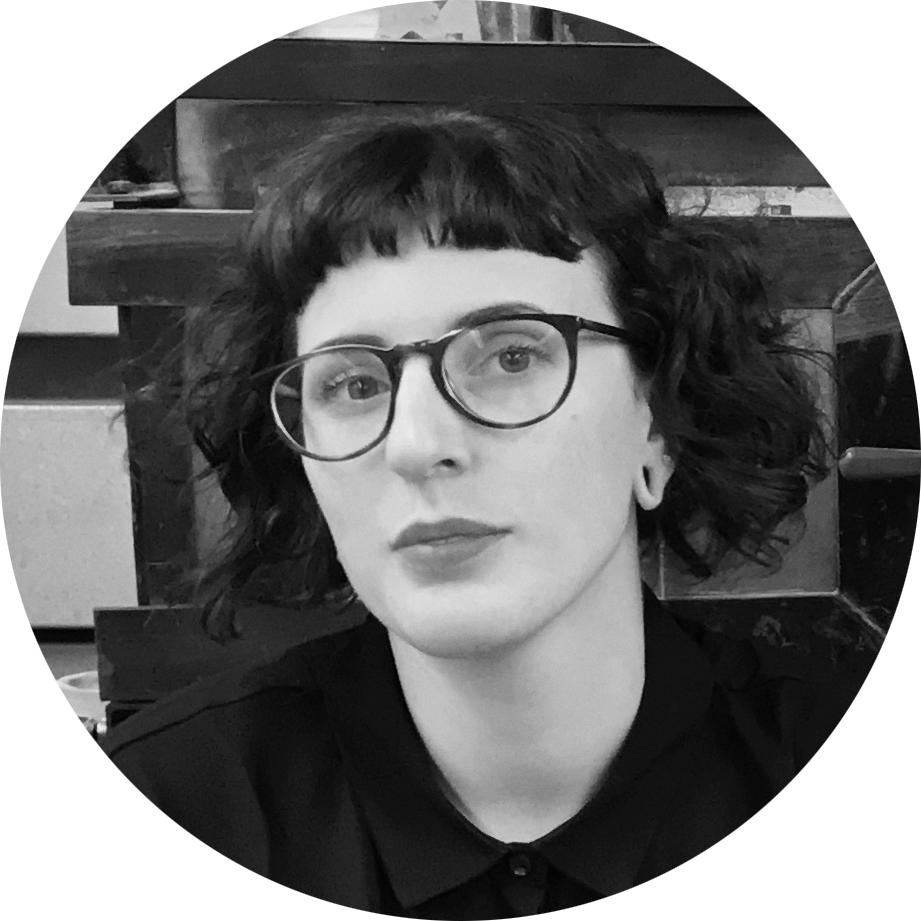
Guest: Leslie Boyd, founding member of JV Collective, creator of Making Progress, Resources for Social Justice in Craft, and assistant professor of art at Metropolitan State University of Denver, spoke to their experience as an educator working to maintain connection with their cohort at a time of limited contact. Highlighting the barriers to access of tools, supplies, materials, and workspaces, Leslie shared some of the ways they have worked around these problems by introducing project flexibility. Championing the potential found in the adaptable models of education like those of community colleges, there was a call to reframe academic rigour via the lens of access.
You asked: for practical insights into adapting teaching and wanted to know how you could connect fruitfully with those without access to virtual platforms and resources. There was great interest in Leslie’s flexible academic programming, and you showed particular concern for the loss of informal opportunities to connect with students and communities where additional exchanges while working or during studio downtime can provide valuable discussion or insights.
We asked: What are students, the futures of the field, thinking about? What challenges lie ahead and what opportunities are emerging?
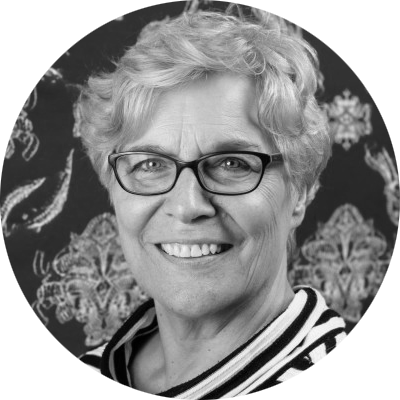
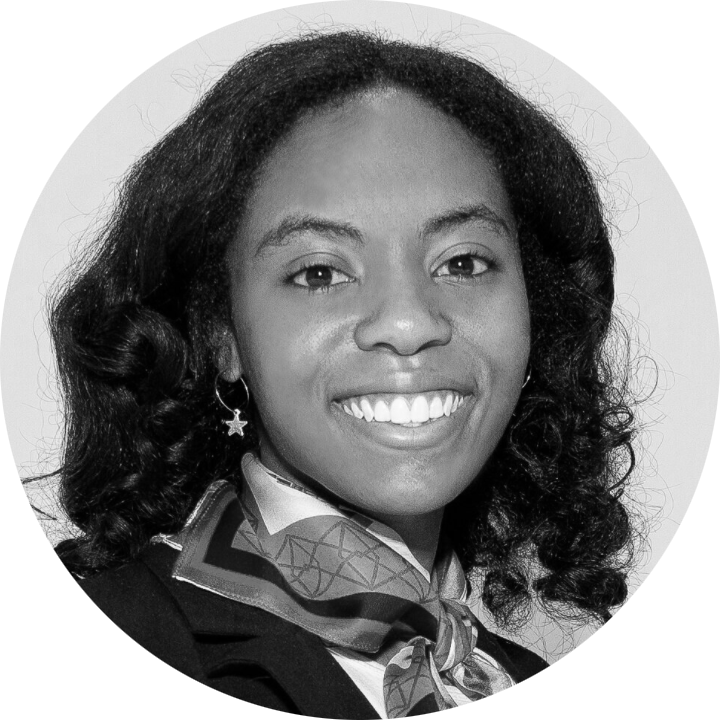
Guests: Annet Couwenberg and Hadassah Dowuona of Maryland Institute College of Art (MICA) engaged in an exchange where they questioned the extent to which the crisis has reactivated the craft community and placed issues of inclusivity, equity, and social innovation to the forefront of our collective consciousness. Positioning graduating students as the creative change makers, Hadassah touched on the value of interdisciplinary working, the need for accessibility in materials and equipment, and the role of industry in making some of these issues manifest.
You asked: How can the barriers of access to equipment and materials be broken down, allowing for consistency in practice once students have left institutions and moved into the "real world?" You wanted to know what options could be made available once online learning has been exhausted, or how it could be integrated into more practical ways of working. Significantly, you really wanted to know if the American Craft Forum would be returning and offered great ideas on future topics.
Live music performance to celebrate our first American Craft Forum series together
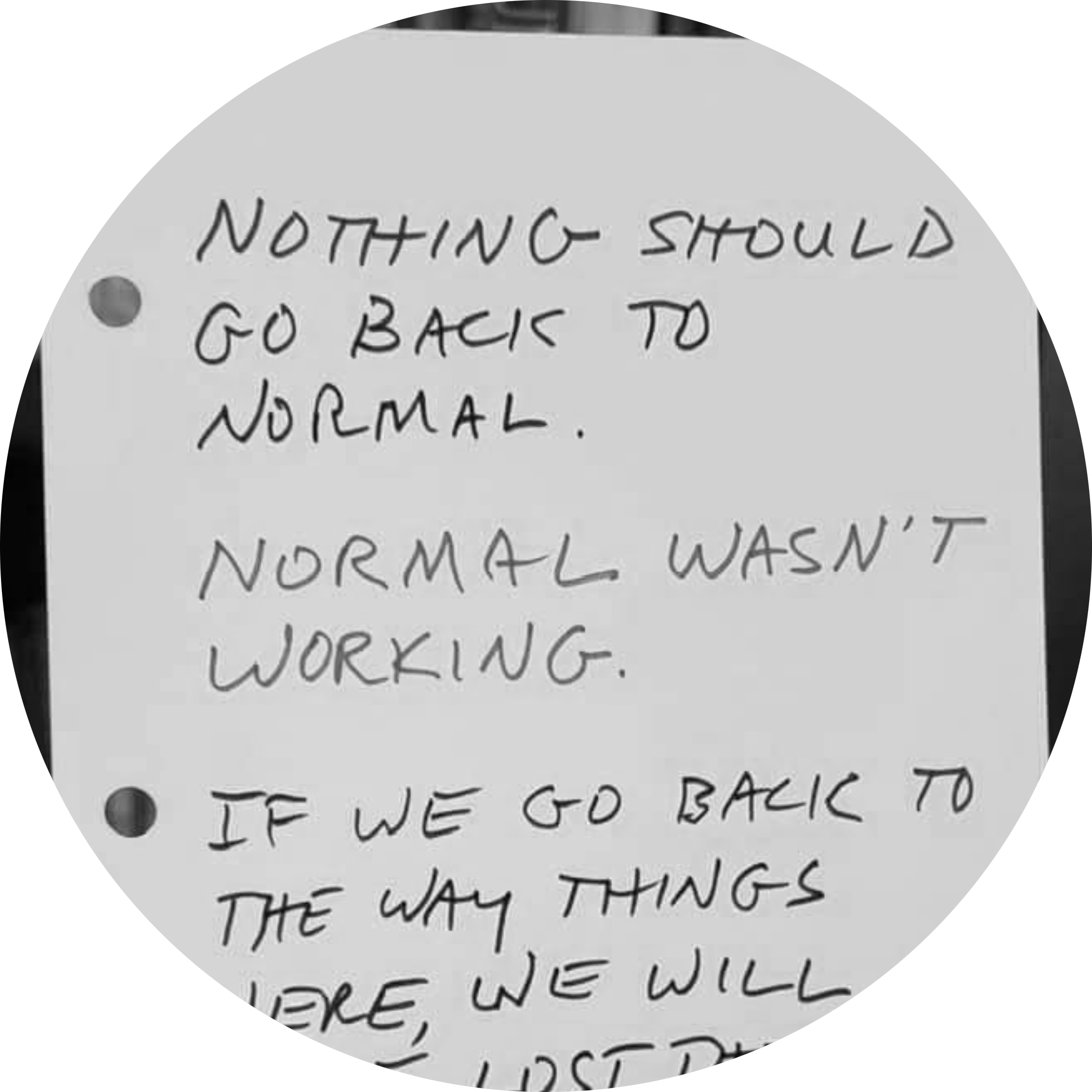
Guest: Emma G, artist, singer/songwriter, and activist saving the world one song at a time through music about connection, storytelling, empowerment, and strength @emmagmusic
Other questions from our discussion
- How can organizations continue to sustain their communities when they themselves are limited in what they can access and offer?
- What are the priorities that the sector needs to bring to the forefront in this confusing time?
- How can we tailor emergent models of working to address the experiences of the moment?
- How can educators adapt and build flexibility into programs?
- How do we reach those in our community who do not have access to virtual platforms and resources?
- How can students remotely collaborate with practitioners and educators?
- What do we do when we have exhausted all the options for online learning? What extras can be integrated to make it accessible as well as practically rich?
- How can we address the gap in access to equipment and materials, which is exacerbated by institutional and industrial access?
- Can ACC continue this season of forums?!?
Moderators

Gwynne Rukenbrod Smith, SNAG executive director @snagmetalsmith

Lauren Baker is a UK-based doctoral researcher exploring the role of support organizations in the development of craft career pathways. @doctorlozzo
Opening remarks

Sarah Schultz, American Craft Council executive director @craftcouncil

Cornelia Carey, CERF+ executive director @cerfplus

Laura Zabel, Springboard for the Arts executive director @springboardarts
Produced and presented in collaboration with American Craft Council, Americans for the Arts, CERF+, Springboard for the Arts, and the Society of North American Goldsmiths (SNAG).
